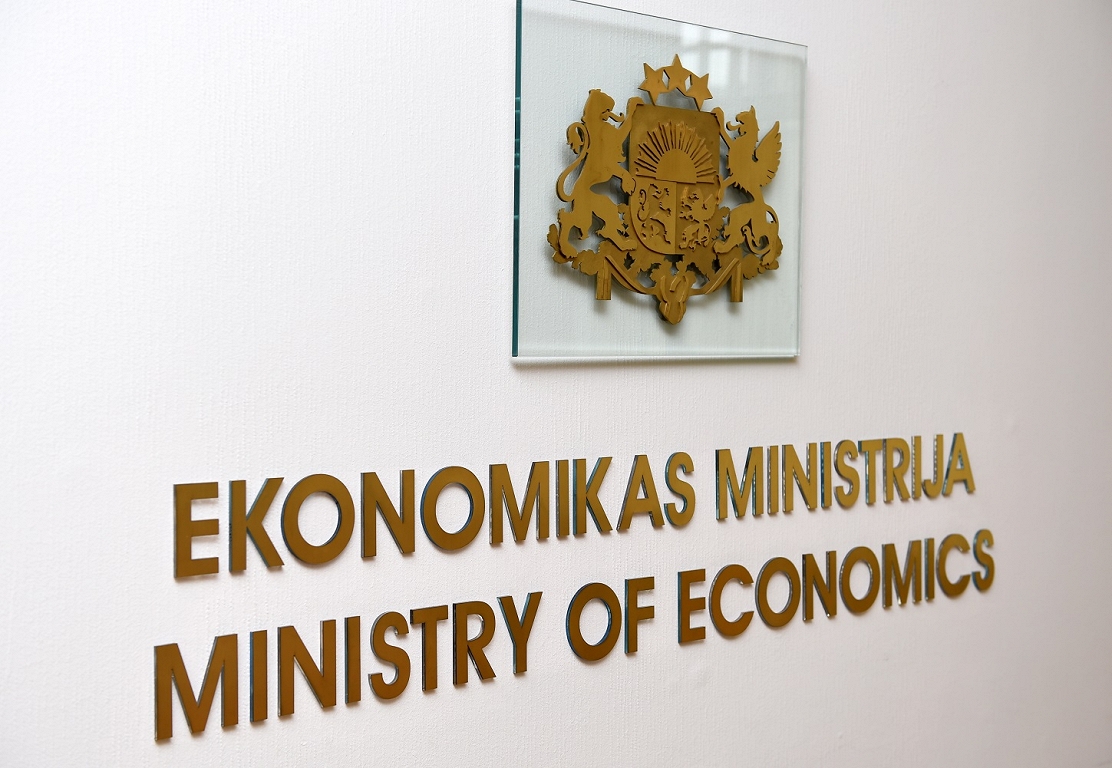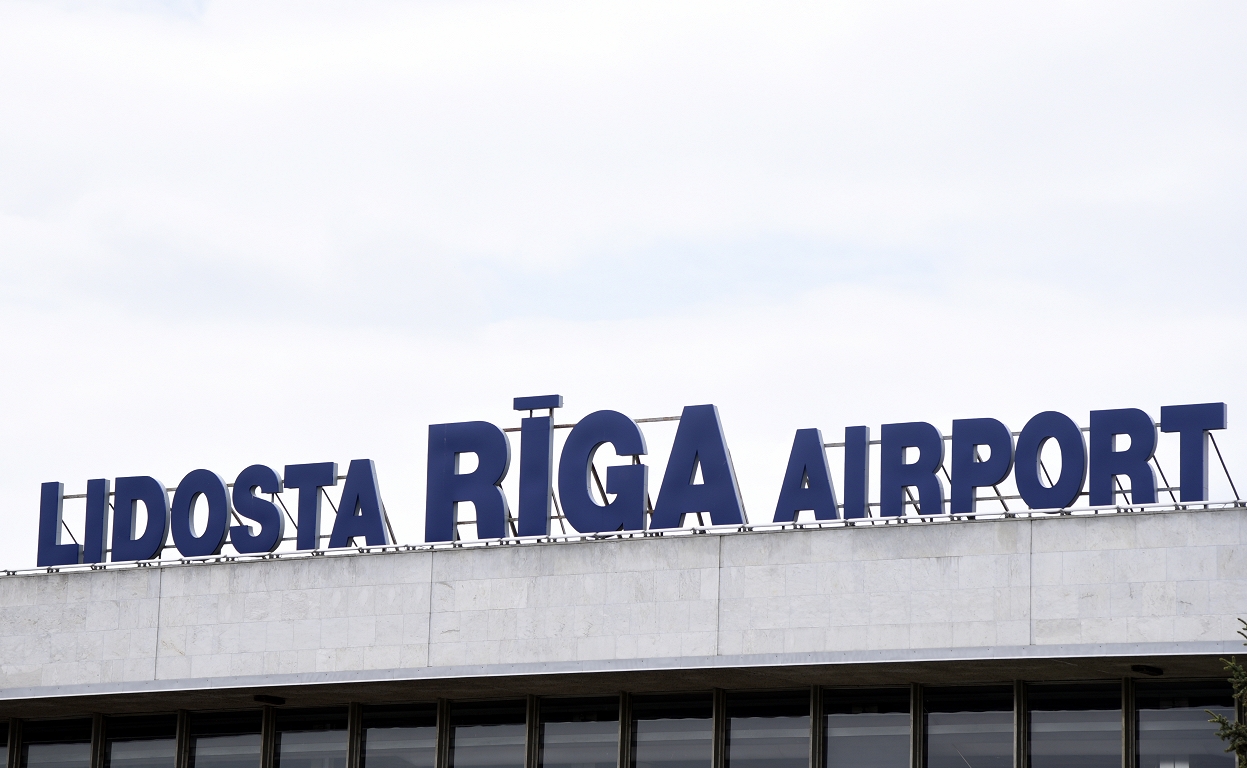Average 2025 inflation could exceed 3% border / day

In the future, price changes in Latvia will be significantly influenced by global price fluctuations and global economic development, especially the geopolitical situation and its impact on energy and food prices, as well as US tariff policies.
According to the latest data published by the Central Statistical Bureau in May 2025, the consumer price level decreased by 0.1%compared to April. For goods, it decreased by 0.2%, but the services increased by 0.1%.
The MoE points out that in May this year there is a monthly price change. However, the price reduction was last observed in May only under the influence of the Covid-19 crisis in 2020, but before that in 2014. Therefore, the decline in consumer prices in May 2025 indicates a tendency for inflation.
Price dynamics in May this year were mainly influenced by the price drop in fuel, driven by a sharp drop in oil prices in the global market. However, the prices of grocery products continued to rise significantly, which continued to rise in May. Food prices are one of the major inflation factors in Latvia for a long time.
The highest reduction in the fuel price in May – by 4.8%, has reduced the total consumer price level by 0.3 percentage points. Prices fell on all types of fuel, but faster diesel fuel.
The average oil price in May fell significantly for the fourth consecutive month. The average monthly price of Brent oil in May fell about 4% compared to April, but at the end of the month the price was 1.2% higher than in April.
Oil price fluctuations in May were mainly influenced by Opec+decisions to increase production, geopolitical risks and global economic perspectives. At the beginning of the month, the price was close to the lowest level of four years, around $ 60 a barrel.
However, by the end of the month, oil prices rose slightly to about $ 65 per barrel, facilitated by the US and China’s agreement to drastically reduce tariffs for at least 90 days, as well as the US President’s announcement of delaying tariffs on European goods by July 9, reducing concerns about trade warfare.
The biggest increasing impact in May was the rise in prices for food. For food and non -alcoholic beverages, prices rose 0.3%, which increased the total price level by 0.1 percentage points.
The MoE notes that in May this year there was an unusual increase in prices for food, but it was faster than this month in the past two years. The biggest increasing impact this year was the rise in prices for coffee and meat and meat products, but the biggest decreasing effect – fresh vegetables.
Food prices in the world decreased in the last three months in May – by 0.8%in a month, but during the year – compared to May 2024, they were increasing by 6%. The fall in vegetable oils, sugar and cereals exceeded the rise in meat and dairy products.
The fastest price drop was vegetable oils facilitated by the fall in palms, rapeseed, soy and sunflower oils, caused by higher supply from the main producer countries and weaker demand for biofuel raw materials, especially in the US.
The drop in prices for sugar was determined by the weakening of global sugar demand and concerns about the economic downturn, as well as the forecasts of the recovery of sugar production in 2025 or 2026.
After the rise in the previous month, prices in May dropped for cereals, which was determined by the drop in prices for corn and wheat. Corn prices fell rapidly, driven by competition and the availability of harvest from Argentina and Brazil. Price reductions were also facilitated by the high yields in the US in 2025. Wheat prices fell due to the weak global demand and the improvement of cereal conditions in the northern hemisphere.
Meanwhile, the fastest rise in prices in May was for meat, which was set by higher prices for cattle, sheep and pork, mainly contributed to strong global demand, especially from China and Europe, as well as supply restrictions on some regions, as manufacturers had to adapt to changes in breeding conditions and climate influences.
At the same time, poultry meat prices fell, mainly the ban caused by bird flu due to Brazil, which resulted in surpluses.
Dairy prices in May rose all products except skimmed milk. Butter prices remained at a historically high level maintained by high demand from Asia and the Middle East. However, the decline in EU butter demand limited a faster increase in prices. Cheese prices rose for the second month in a row, set by rising demand and limited availability due to the outbreak of the EU due to the outbreak of illness at the beginning of the year. The price increase in whole milk powder was determined by strong purchases, but skimmed milk powder prices reduced the large supplies from the butter production regions.
For services in May, prices rose by an average of 0.1%, which did not significantly affect the total price level. In the service sector in May, the highest increasing impact on consumer prices was the rise in prices for accommodation services related to the opening of the rest season.
Prices for housing management fees also had a major impact. On the other hand, the biggest reduction in the price was the fall in prices for international flights and complex recreational services.
In other groups of goods and services, price fluctuations did not significantly affect the total price level in the past month.
It has already been reported that consumer prices in Latvia fell 0.1%in May this year, but in May this year – in May this year, compared to May 2024 increased by 3.6%, while the monthly annual inflation was 3.9%, according to the Central Statistical Bureau. At the same time, the average consumer price level of 12 months has increased by 2.4%in May.






